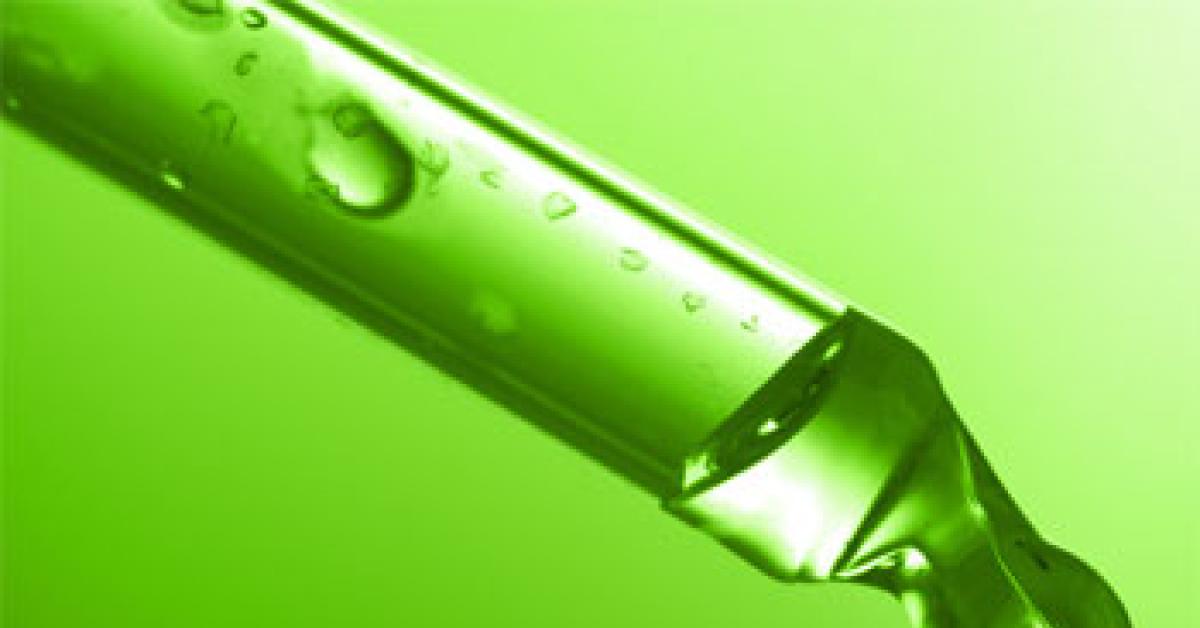CONCORD, N.C. — The Clean Show is back in “Nor-Lens.” That means eating some of my favorite food, and seeing good friends. While you are in New Orleans, you must acquaint yourself with the local delights: shrimp or crawfish etouffee, blackened redfish, the muffuletta sandwich, and the duck debris po’boy. Your shirt will certainly test your stain-removal skills once you get back home.
Culinary delights aside, the Clean Show is about shaping and refining the future of your business. It is about getting up close with mechanical and chemical tools you may have only read about. It is education sessions aimed at giving you new ideas and reminding you of past ideas that are returning to the forefront in our industry.
At my first Clean Show, perc was king, high-flash (isoparafin) hydrocarbon was just being introduced, and GreenEarth solvent (cyclic siloxane-D5) was still about four years into the future.
In 1995, Stoddard Kwik-Dri petroleum solvent was the “stepchild” of the dry cleaning industry, used by old-timers who didn’t know any better. The only “alternative” solvent was liquid Freon, which was in the last stages of a phase-out period mandated by the Montreal Protocol (sound familiar?).
Attending the Clean Show gives you the “up-to-date” on rumors and facts which will affect the future of your investment in your business.
Having pointed out several advantages to attending Clean, let me share a few ideas about things to look for as you walk the exhibit hall. Knowledge in the marketplace is power, and power in business translates into profit.
Over the last 10 years, manufacturers of the chemical tools used in supplemental stain removal have been extremely sensitive to the regulations and recommendations of the bureaucracy overseeing environmental impact. This has resulted in the modification of the formula used in some stain-removal agents and the complete reformulation of others.
When walking the hall, keep in mind the stains that give you the most trouble. Ask if a particular chemical tool will meet or exceed your perceived need. The exhibitors are all competing for your dollar, so exploit the opportunity to gather useful information on products and the best way to maximize the effectiveness of stain-removal agents.
Development of complementary chemistry for some of the newer alternative solvents has been progressing slowly. If you have switched solvents in the past few years, or if you are considering switching immersion solutions, take this opportunity to find the latest chemical tools that are compatible with your choice of cleaning solution.
I believe the greatest advance in stain removal for our industry is the growth of true wet cleaning. It has matured into a staple of the garment care industry. The basic requirements have remained the same since the idea was first introduced. Refinements are obvious each time the Clean Show comes around.
I use a strict definition of wet cleaning: exposing a ‘dry clean only’ garment to water by use of immersion in a strictly controlled environment. That is still a calculated risk that is based on knowledge and experience.
Here are some questions to ask sales representatives while at the Clean Show:
- How gentle can I program the mechanical action?
- How accurately can I control the water temperature?
- Must I use certain chemicals or can I shop around?
- How is dryer humidity determined and how accurate is the measurement?
- Can the washer be programmed for more aggressive mechanical action and use of more aggressive chemical tools?
Until care labeling regulations are finalized and adopted, the cleaner assumes the risk when exposing a “dry clean only” garment to water immersion. That still leaves garments with some type of water treatment on the care label open to mild water immersion. If it is reasonable and prudent to immerse a garment in water, you have another option for stain removal and general cleaning.
When a beaded polyester prom gown is heavily stained with beverage or mud, it is an excellent candidate for the mild mechanical action of wet cleaning. When a garment is brightly colored, but has heavy stains from perspiration or other bodily fluids, it could be a candidate for the mild detergent and cool water of wet cleaning.
Wet cleaning is not laundering, but rather strict control of the variables that contribute to shrinking and dye bleeds.
The business model of the past that looked exclusively at pieces per hour must now be supplemented with secondary stain removal to capture and maintain market share.
The Clean Show is the ideal place to ask questions and to compare tools of the trade, all to enhance the prosperity of your business.
Have a question or comment? E-mail our editor Dave Davis at [email protected].

